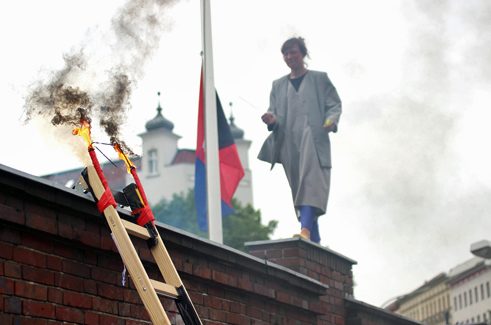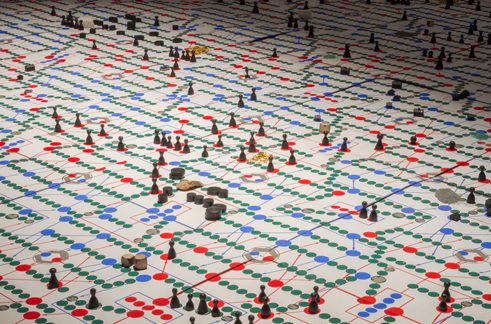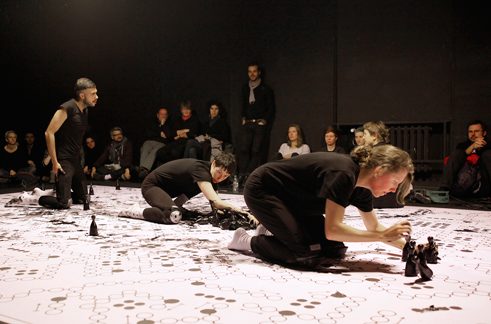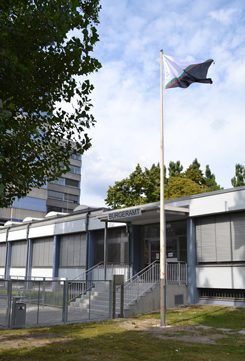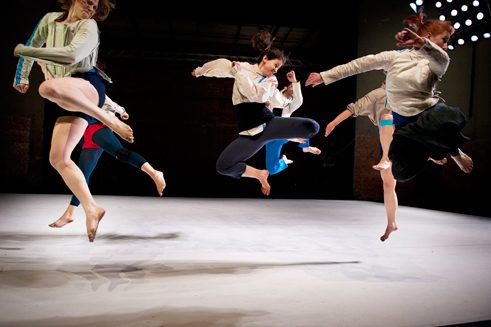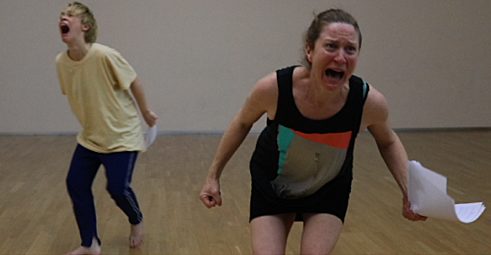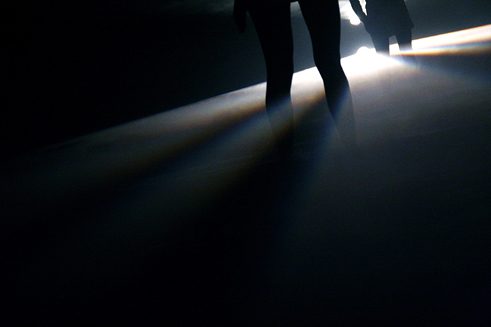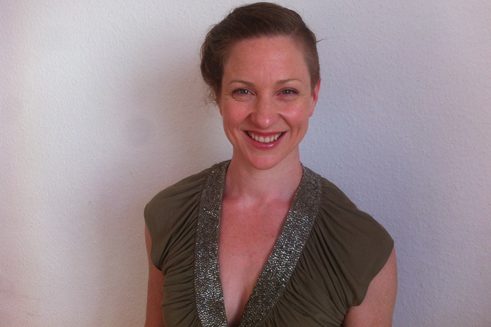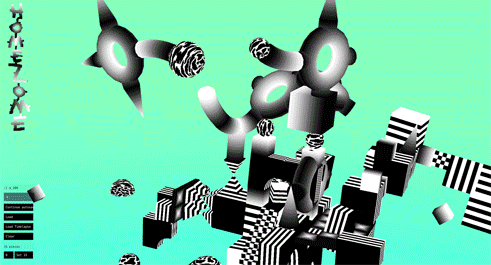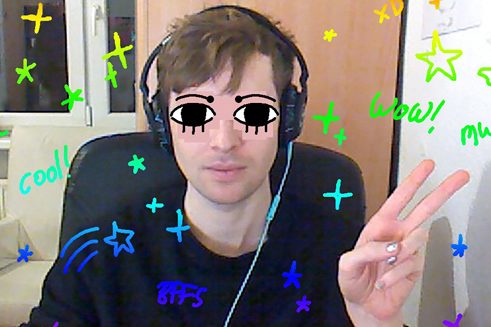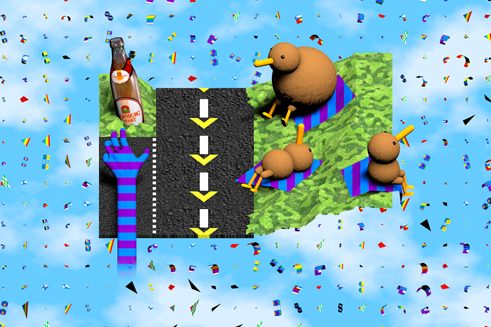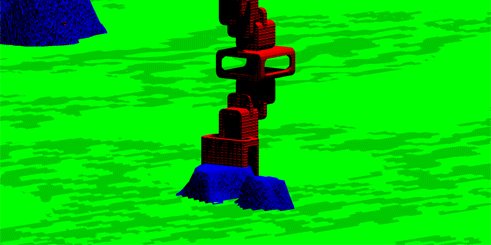Australians in Berlin
Utopian playground for artists?
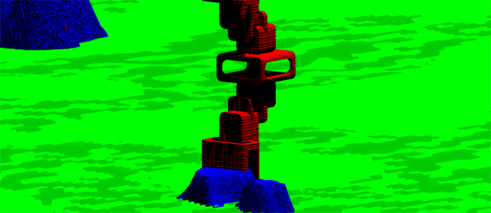
The German capital is a magnet for the international cultural scene. Many Australian artists live and work there, although the conditions for creative freedom are changing. Goethe.de met with three of them.
The artist Sonja Hornung got to know Berlin differently from most Australians. For an art project, she went out in search of unoccupied flagpoles before embassies and offices, raised there flags of her own design and found herself in the midst of the city’s past and political present. In Melbourne she had studied art at university and jobbed before deciding to take a master’s degree at the Berlin-Weißensee Art College.
That was in 2012, at a time that the Australian government was reducing funding for art and culture. Hornung was discontent with the political climate in her homeland: “Australia keeps up its sunshine image. But when you scratch the surface, you find an exploited nature and a gap between the quality of life of the white and the indigenous population.”
Berlin – a magnet for international artists
Hornung (born in 1987) had already been to Berlin twice before, as part of a six-month DAAD exchange. She is one of the host of international artists who have pilgrimed to the art metropolis in the last years and decades, drawn to its favourable rents, liberal political climate and hedonistic urban culture. In 1983, for instance, the Australian musician Nick Cave moved to West Berlin, partied through the night in the Kreuzberg club SO36 and founded the band Nick Cave and the Bad Seeds. Since the 1990s, the reunified city has become a hip centre of global art which, although the conditions for creative freedom have become harder because of gentrification and population growth, has lost none of its attraction. At first, says Hornung, the city still seemed to her to be a utopian playground for artists. But, she says, the reality is more complicated.Exactly 3,234 Australians were living in Berlin in November 2016, about 400 more than the year before. Many of them work in the area of art and culture, explains Julia Kaute of the Australian embassy, where exhibitions of Australian artists are regularly held. “The internationality and creativity of the city has a lot to offer artists and creative people. The cost of living is rising, but is still low in comparison with London.”
Dancer and media artist
The dancer and choreographer Zoë Knights (born in 1975) has also been working as a freelance artist for several years in Berlin. She came to Europe originally to study choreography in Salzburg and continue the career she had begun in Sydney. Berlin, with its many green areas and relaxed mix of various cultures, is the first European city that feels a bit like home, she says. She enjoys the international dance scene of the city in places like the Sophiensaele and the Ballhaus Ost. In her free time she likes to be out and about on her bike: “I like Berlin’s patchwork character, its rawness, the juxtaposition of old and new, the buildings which reflect the history of different eras”.The city is not always green. During the notorious Berlin winter it is even rather grey. Then the media artist Troy Duguid (born in 1990) misses the lush nature of his homeland: the rainforest around Tinbeerwah in Queensland. He was drawn to Berlin in search of an international community in the new field of interactive art. In 2014 he settled there. His naive-seeming and at the same time social-critical films and video games combine virtual reality aesthetics with aspects of everyday digital culture. In addition to the creative exchange with like-minded people, he values the open-mindedness of Berliners: “Before I came here, I had no idea that you could feel so fearless and free”. On the downside, he says, the party culture distracts from work and gentrification is rapidly changing the character of the city.
No community, but well networked
The creative international scene has moved from the now overpriced districts of Berlin-Mitte and Kreuzberg to the immigrant quarter of Neukölln. The “expats” meet there in one of the numerous trendy cafes or bars over pale ale or poached eggs to exchange ideas, talk, party. Many Australians are well networked with each other, even though an Australian artists community has not yet established itself in Berlin.Sonja Hornung tries to avoid the Neukölln “hipster party circuit”. She lives in middle-class Pankow. City life for her consists in her neighbours, former fellow students and professors, and of course the independent cultural scene. She came to know some Australian artists in Berlin only recently: “I like spending time with them. It’s a little like slipping into an old shoe.”
